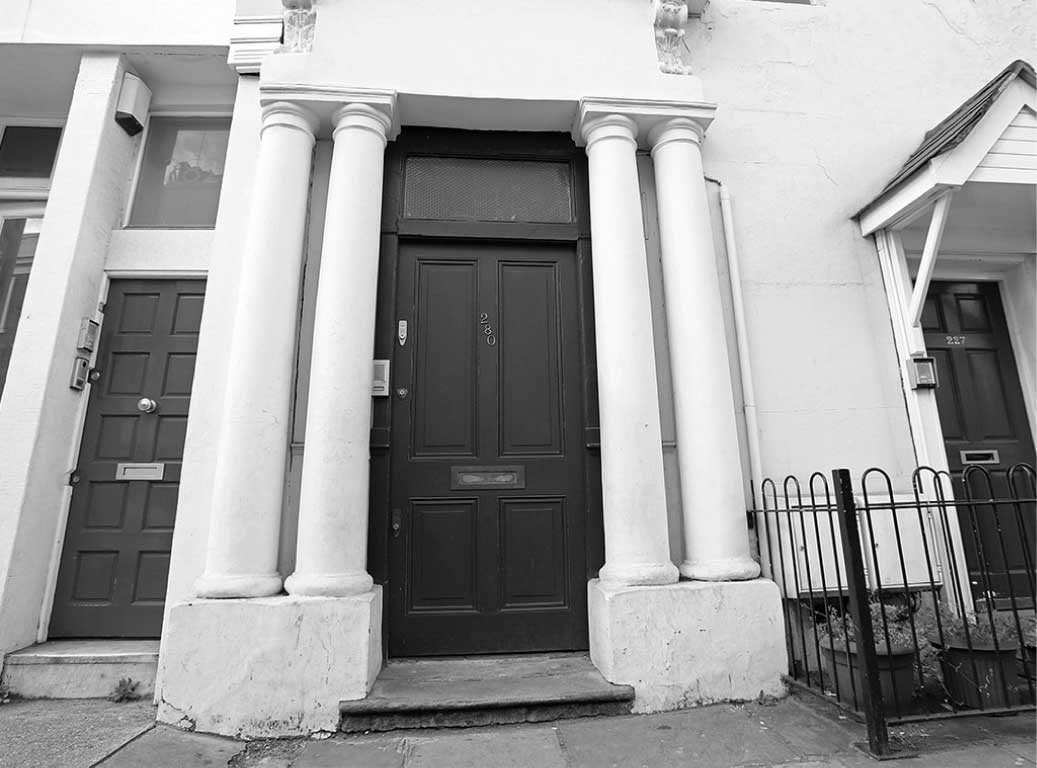Social justice archive

A Genuine Social Justice Archive or Just Another Duping?
At its core, social justice is the concept that everyone deserves equal rights and opportunities—be it political, economic, or social—regardless of race, gender, or background. It seeks to address and rectify systemic inequalities, promoting fairness in the distribution of wealth, opportunities, and privileges within a society.
NORTH KENSINGTON— A community with a long tradition of being ignored by those in power is now holding its breath for the latest development: the highly anticipated “Social Justice Archive.” Yes, the very same organisations who’ve spent decades systematically side-lining North Kensington residents are now curating an archive to commemorate the heroic legacy of listening to them.
For the uninitiated, the Social Justice Archive aims to honour North Kensington’s enduring fight against inequality, racism, and other forms of injustice. This community, which has practically mastered the art of being overlooked by local authorities, national policymakers, and anyone with an ounce of power, now wonders if this archive will truly reflect their experiences—or if it’ll just be another exercise in self-congratulatory bureaucracy.
North Kensington’s struggles began long before it became trendy to slap the words “social justice” on a government grant application. Back in the 1800s, when factory workers lived in slums that even Victorian landlords would call ‘a bit much,’ nobody batted an eyelid at the residents’ pleas for help.
Fast forward to post-WWII Britain, and the Windrush generation was graciously welcomed to North Kensington—alongside housing discrimination, racism, and police brutality, of course. In the 1960s and 70s, other migrants from North Africa, and Europe began to arrive, adding to the borough’s rich cultural tapestry. They too faced their own set of struggles, battling racial prejudice, economic exclusion, and substandard housing conditions.
Many found themselves packed into overcrowded flats or derelict houses, much like the earlier generations before them. Employers were happy to exploit this community for cheap labour, but when it came to basic rights or humane living conditions, the silence from those in power was deafening.
The community, alongside their neighbours, fought for dignity and equality in the streets of North Kensington, organising protests and local campaigns to demand fair housing and better working conditions. Their struggles mirrored the broader patterns of discrimination and marginalisation faced by other immigrant communities. Yet despite these obstacles, like those before them, they rallied and resisted.
In 2017, the Grenfell Tower fire finally brought North Kensington’s long-standing grievances to the world stage. But the government responded with what the community could only describe as peak efficiency—that is, if you measure efficiency by how long it takes to pretend, you’re going to fix a problem.
Now, with the Social Justice Archive on the horizon, one burning question remains: Will this finally be the moment North Kensington gets to tell its own story? Or will the gatekeepers—those appointed by the same forces that have consistently ignored the community—be the ones doing all the talking?
For the archive to hold any real meaning, the people of North Kensington insist it must include everyone—not just the polished, palatable stories of high-profile campaigns but the gritty, raw experiences of those who live here. The fear is that, like many projects before it, the archive will be hijacked by the well-connected, the so-called “community leaders” who seem to represent only themselves.
The challenge now is whether this archive can finally break the cycle. Will it be an authentic reflection of North Kensington or just another top-down project controlled by the same chosen few?
After all, we’ve seen how North Kensington can be whitewashed—literally. Just look at the 1999 hit movie Notting Hill, a film that somehow managed to capture an entire neighbourhood while ignoring its rich, diverse community.
For two hours, audiences were shown a fantasy land of quaint bookshops, quirky characters, and Hugh Grant’s love life, while the reality of North Kensington—home to a vibrant mix of Caribbean, North African, and working-class communities—was conveniently left on the cutting room floor. It’s almost like we weren’t even here.
In the end, North Kensington’s legacy of social injustice is not unique—communities across the UK face the same struggle for recognition, respect, and basic human rights.
The question remains: is anyone truly listening? Or will this archive simply become the latest monument to the long, storied tradition of ignoring the marginalised in North Kensington?
“North Kensington’s struggles began long before it became trendy to slap the words “social justice” on a government grant application. Back in the 1800s, when factory workers lived in slums that even Victorian landlords would call ‘a bit much,’ nobody batted an eyelid at the residents’ pleas for help.”
